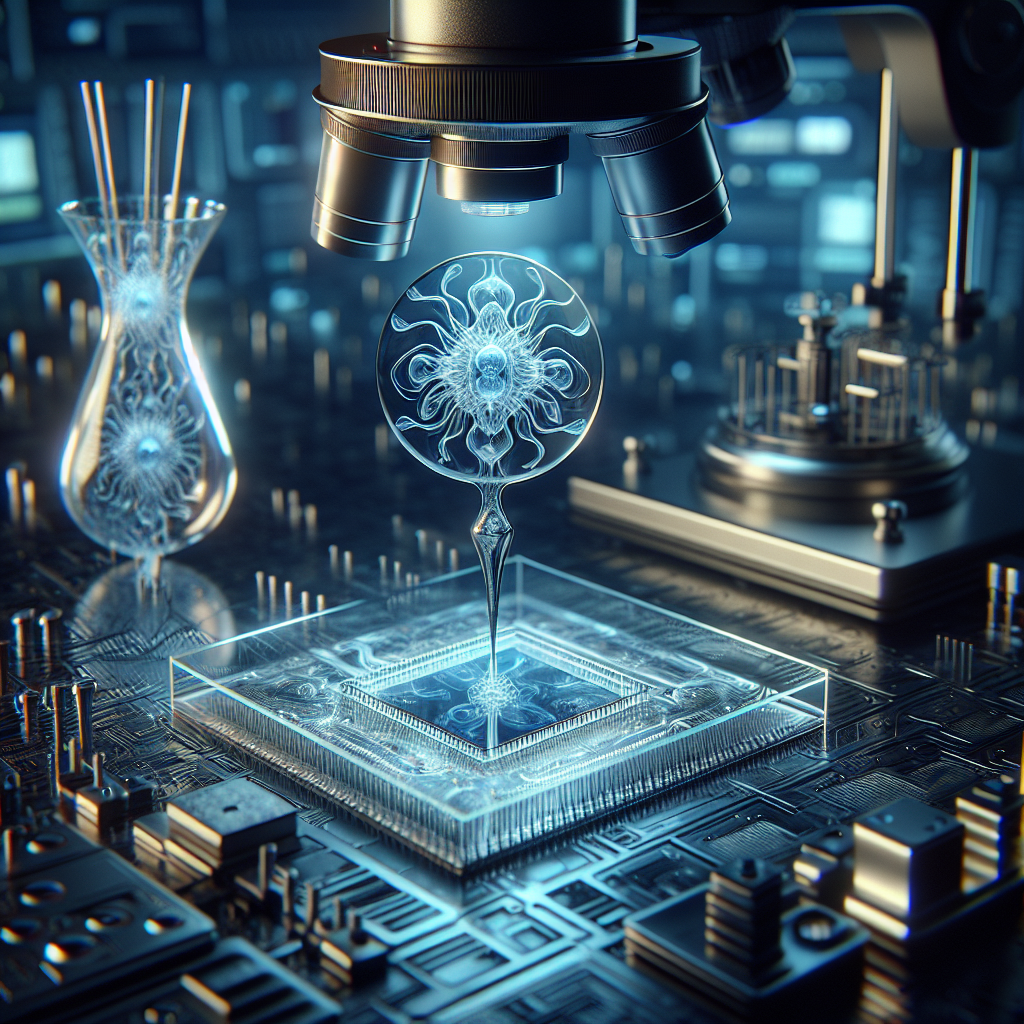Introduction to Growing Organs on Chips
The field of biotechnology is continuously advancing, bringing forth innovations that once seemed like science fiction. One such breakthrough is the development of growing organs on chips. This technology involves creating tiny organ-like structures on a microchip that mimic the physiological functions of real organs. This revolutionary approach is not only enhancing our understanding of human biology but also transforming drug development and disease modeling.
What Are Organs on Chips?
Organs on chips are microfluidic devices made from polymer that contain hollow channels lined with living human cells. These chips are designed to simulate the functions of larger organs such as the heart, lungs, and liver. By applying mechanical and biochemical cues, these cells can emulate organ-level responses, providing insights into the intricate workings of human organs in ways that traditional 2D cell cultures and animal models cannot achieve.
The Benefits of Organ-on-a-Chip Technology
The advantages of growing organs on chips are manifold. Firstly, they allow researchers to study human physiological responses in a controlled environment, reducing the reliance on animal testing. This not only addresses ethical concerns but also improves the accuracy and relevance of the results to human health conditions. Additionally, organs on chips can lead to faster and more cost-effective drug testing, as potential pharmaceuticals can be assessed more quickly for safety and efficacy.
Applications in Disease Modeling and Personalized Medicine
Organs on chips hold immense potential in the field of disease modeling. By using cells from patients with specific genetic backgrounds, scientists can create personalized models of diseases, such as cancer or heart disease. This allows for a better understanding of the disease mechanisms and the development of tailored treatments. In personalized medicine, this technology could lead to significant advancements in developing and testing drugs based on individual genetic profiles.
Challenges and Future Directions
While the technology of growing organs on chips is promising, it also faces several challenges. Scaling up from microchip models to full organ systems without losing functionality is one such challenge. Additionally, ensuring the longevity of cells on chips to allow for longer-term studies is another area that requires further research. Despite these hurdles, the future of organs on chips looks promising, with ongoing advancements aiming to create more complex and integrated systems that could one day revolutionize medical research and treatment.
Real-World Impact and Ethical Considerations
The practical applications of organs on chips in drug development and disease treatment are already being realized. Companies and research institutions worldwide are investing in this technology to enhance their research capabilities and reduce development costs. Ethically, this technology minimizes animal testing and provides a more accurate model for human diseases, which could lead to more ethical research practices across biotechnology and pharmaceutical industries.
Conclusion
The technology of growing organs on chips represents a significant leap forward in both the understanding and treatment of human diseases. As this field continues to evolve, it promises to bring more personalized and effective healthcare solutions, marking a new era in medical science and biotechnology.
As we continue to explore and refine this technology, the potential to completely transform drug testing and disease modeling grows exponentially, paving the way for a healthier future.


